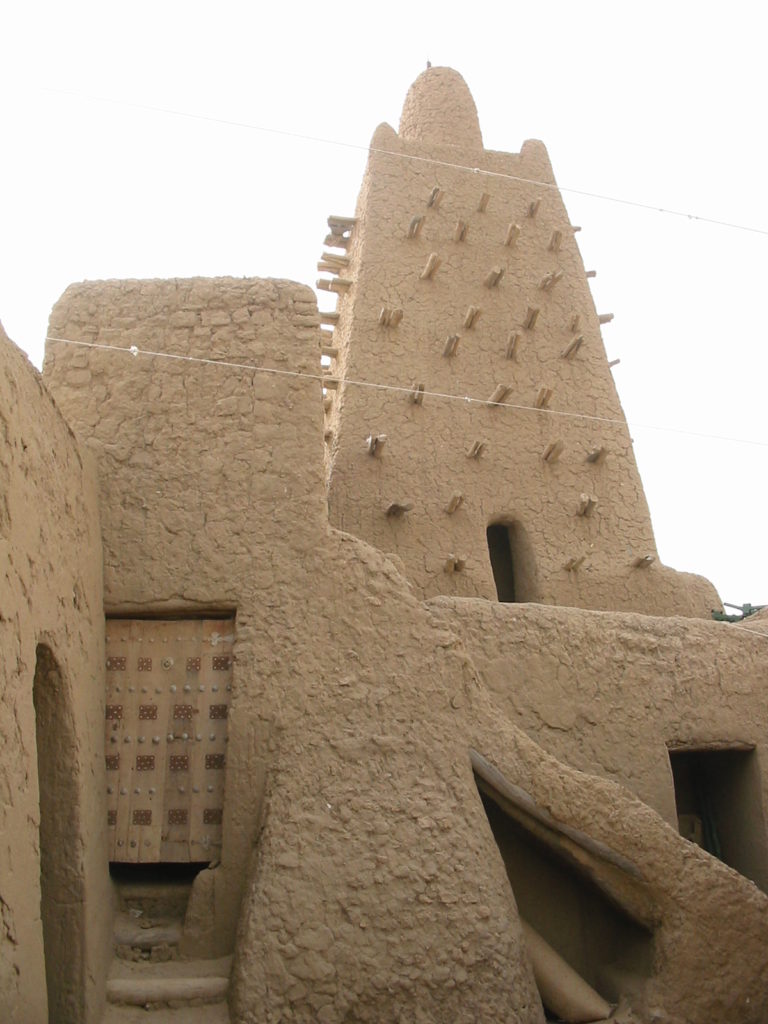by Danielle Crowley
The right to culture has been linked to various legal instruments, ensuring our right to culture; cultural property and cultural heritage (and all sub-sets of culture in between) are protected. Over 70 years ago the right to enjoy the cultural life of our community was enshrined in the Universal Declaration of Human Rights, however, there have been criticisms of the Declaration for omitting minority group rights. This was recognised further by the International Covenant on Economic, Social and Cultural Rights in 1976, the ICESCR Committee noted that the Convention includes the preservation and presentation of mankind’s cultural heritage. The United Nations Human Rights Council referenced the Convention’s applicability in conflict situations. In addition to these instruments, a UNESCO convention referenced the necessity to protect cultural heritage from damage and destruction in 1972. While there is legislation to protect our cultural rights and property both during peace times (set out in various human rights legislation) and in times of conflict, that does not mean that caveats and prerequisites do not exist.
There are two elements to be considered at this juncture, the protection against cultural property destruction by state parties whom are signatories to international instruments; and cultural property destruction by parties who are not. There are various instruments, such as, the 1907 Hague Convention: the Geneva Conventions including the additional protocols; and the 1954 Hague Convention including its additional protocols, which establish protection to cultural property or objects. The 1954 Hague Convention is the main text in this area as it is focused on the protection of cultural property during times of armed conflict. It defines cultural property and sets out specific actions to be followed during conflict and during peacetime. This legislation applies to state parties and non-state actors. However, there are limitations to the convention, if cultural property or its immediate surroundings are used for military purposes, this may expose it to direct attack if the action is required under the imperative military necessity clause. The 1999 Second Protocol identifies additional situations to be considered in availing of this clause, but it stresses that parties to this convention must “do everything feasible” to verify that their objectives are not considered cultural property or objects. State parties must take precautions to reduce any damage taken against the object, and to refrain from attacks that would cause incidental damage to the object. Therefore, consideration must be taken by state parties with regards to any military objectives of this nature.

Opposing armed forces participating in the conflict may consider that the use of such buildings will shield them from attack; and they may also intentionally destroy cultural property or objects with the intention of wiping out the cultural identify of the local population. This action was taken in the Bosnian War in the 1990’s. However, the International Criminal Tribunal for the former Yugoslavia considered that destruction of cultural heritage was considered a crime against humanity highlighting the importance of cultural heritage to all mankind in the Jokić case.
However, if a tribunal has not been created to hear the crimes of a particular state’s armed conflict, such as the International Criminal Tribunal for the former Yugoslavia or the International Criminal Tribunal for Rwanda, who remains to prosecute such crimes? The International Criminal Court (ICC) established under the Rome Statue (entered into force in 2002), can prosecute crimes against humanity and war crimes. In 2017, the ICC prosecuted an individual for the destruction of cultural heritage for the very first time in the case of The Prosecutor v. Ahmad Al Faqi Al Mahdi, for destruction of historic and religious monuments in Mali. This case recognised that victims could participate in the prosecution of crimes of this nature i.e. crimes directed against buildings and monuments rather than individuals, and this highlighted that the people of Mali considered crimes of this nature as “breaking the soul of the people of Timbuktu”. The ICC Trial Chamber highlighted the importance of cultural heritage to mankind and that the destruction of same resulted in a further loss to future generations, in this instance a reparations order was made against Ahmad Al Faqi Al Mahdi for €2.7 million for the victims both individually and to the community of Timbuktu. The ICC is furthering its investigations in this area with the current prosecution of Al Hassan Ag Abdoul Aziz Ag Mohamed Ag Mahmoud in relation to the destruction of religious and historic monuments in Mail.
Ideally, the increase in prosecution of crimes against cultural heritage might deter armed groups from intentionally destroying cultural property and using it for strategic purposes. This could then reduce any direct attacks against cultural property as part of a military objective. Realistically, further consideration is required to ensure that cultural monuments and objects do not fall prey to direct attacks with further developments on the imperative military necessity clause. The prosecution of the destruction of cultural heritage is developing positively in the ICC, providing greater awareness on the importance of cultural heritage, however, it has taken over a decade to prosecute a crime of this nature. It is considered that further developments will be required in this area to prevent additional destruction of our cultural heritage in ongoing and future conflicts.
Danielle is a part time PhD law student in Maynooth University Ireland. She is examining how cultural heritage can be protected during the transition from war to peace. Danielle has a Master’s in International Law and a Degree in Irish Law from Griffith College Dublin.

